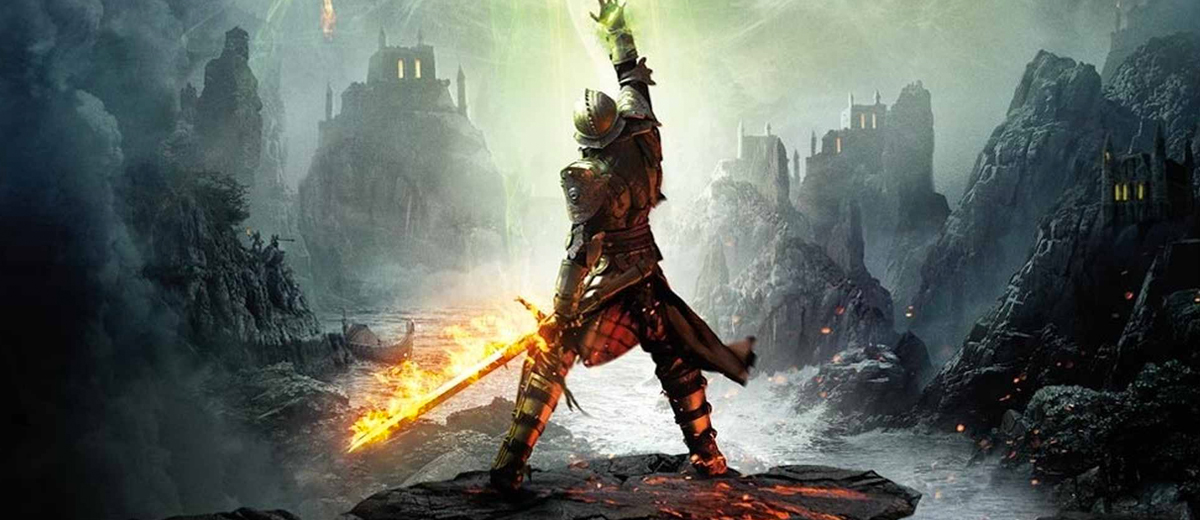
The land of Thedas is falling into darkness; Rifts are opening throughout the land and releasing demons, templars are at war with mages, and the skies swarm with dragons. At the midst of it all lies you, the survivor of a cataclysmic explosion at the Chantry, awakening with a sketchy memory and a newfound power to close the Rifts. You will become the Inquisitor, joining forces with people and races from across the land in order to stop the evil, defeat the dark forces and bring peace and justice back to Thedas.
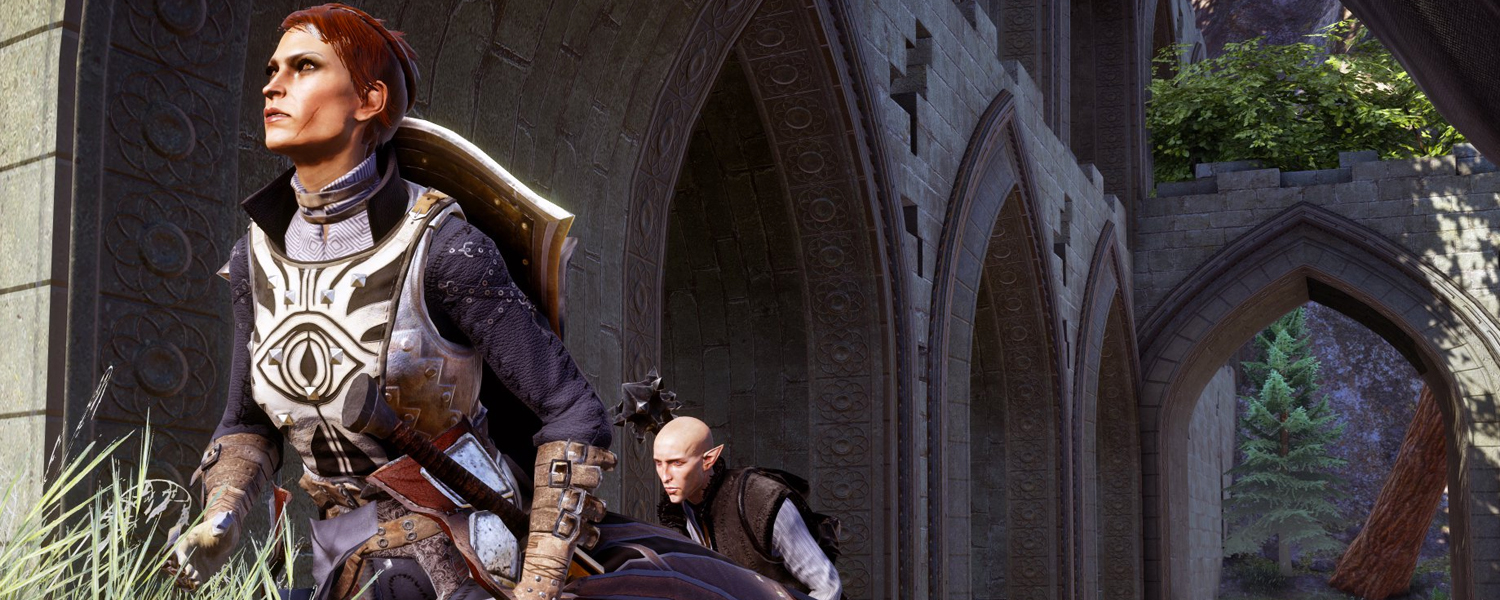
Bioware have once again hit it straight out of the park with the latest instalment of the Dragon Age series, bringing forth a game that remains entertaining and fun to play on the surface but becomes even more adventurous the deeper the player goes.

Credit where credit is due, Bioware have always released amazing-looking games, and Dragon Age: Inquisition is no different. Characters are expressive and display emotion consistently, and environments are lush and vivid.
Players begin the game by creating their own character; selecting features and attributes to make it truly unique to them, including scars, hair colour and even tattoos and markings. This has always been a trademark of the Bioware series, and the feature allows for a player to truly connect with their avatar as it is something of their own creation. This level of detail is shared by other party members and NPCs, however there are brief moments where they appear less-realistic; lack of emotion or texture issues affecting character models. These moments are few and far between, and overall do not detract from the game itself. The level of detail on characters goes all the way down to armour and weapons; as detailed as ever, each piece of equipment looted from enemies adding a certain charm to your character.
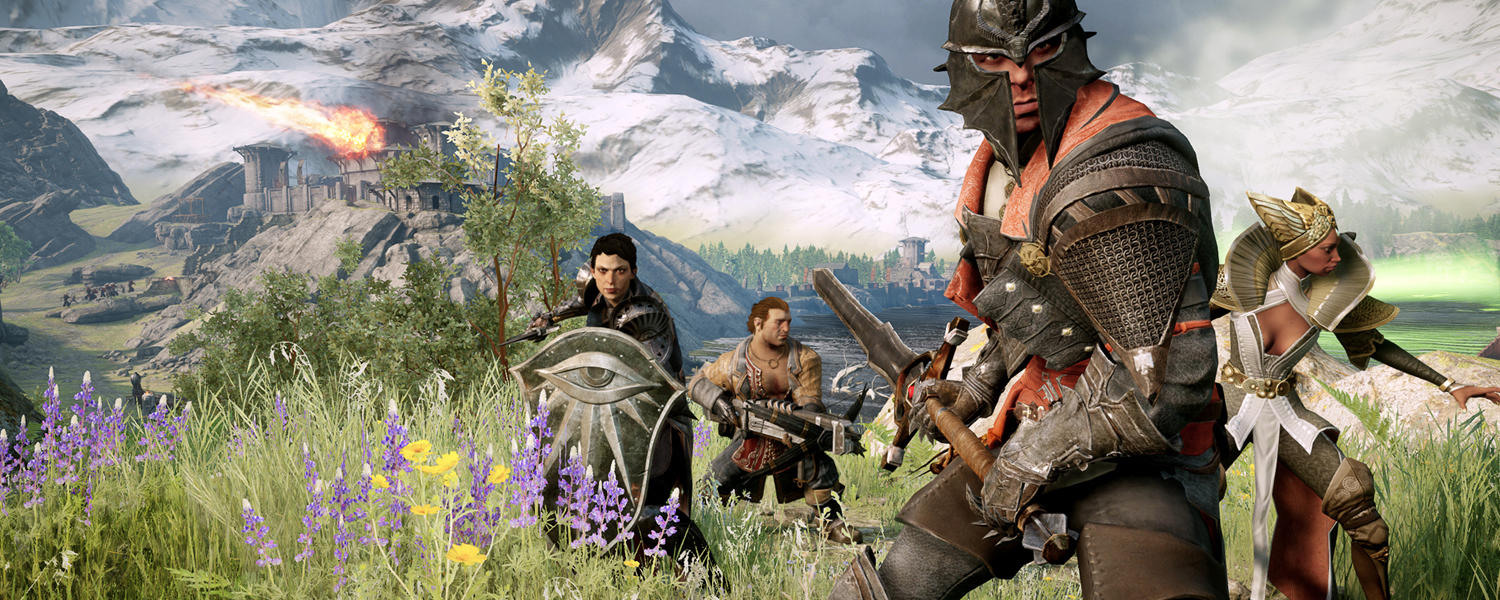
The game’s enemies also do not suffer from a lack of detail;Templar knights look bold and threatening in thick steel plate, Mages cloaked in robes, and even demons from the Rifts appearing ghoulish and sometimes frightening.
To complement this, the land of Thedas is equally as amazing and detailed. The environments are full of life and colour, sometimes bordering on realism, and really highlighting the expansive size of the world. Trees sway with the wind, sunlight glistens off the water, and the architecture has an abandoned medieval feel to it. Rifts glow an eerie, otherworldly green, and the creatures that spawn from them border on scary. Intertwined with this is an awe-inspired orchestral soundtrack; fading in and out at moments of action or drama and really adding a cinematic sense to the whole experience. Couple this with the distant shouting and clanging of weaponry from a nearby battle, and the game truly feels alive.

Dragon Age: Inquisition takes the tried and true method of open world exploring from previous instalments and expands on it; making environments larger and allowing more freedom to roam and discover. Throughout these lands are multiple quests and side quests which aid the player in upgrading weapons, armour, and Inquisition status. Players can pick and choose what quests to undertake in order to either grind and level up, or progress with the main story. Side quests add to the Power influence which allows the player to maintain an area under Inquisition protection.
Gameplay focuses on tactical elements in battles; attacks and movements can be queued in a tactical system allowing for party members to use the best strategies to take out the enemy, including terrain and magic advantages. A tactical camera mode allows for the player to survey the situation and pause to complete actions before playing it out in real-time. While it sounds complicated, the game runs players through a tutorial first, and it becomes a unique and valued addition to the game.
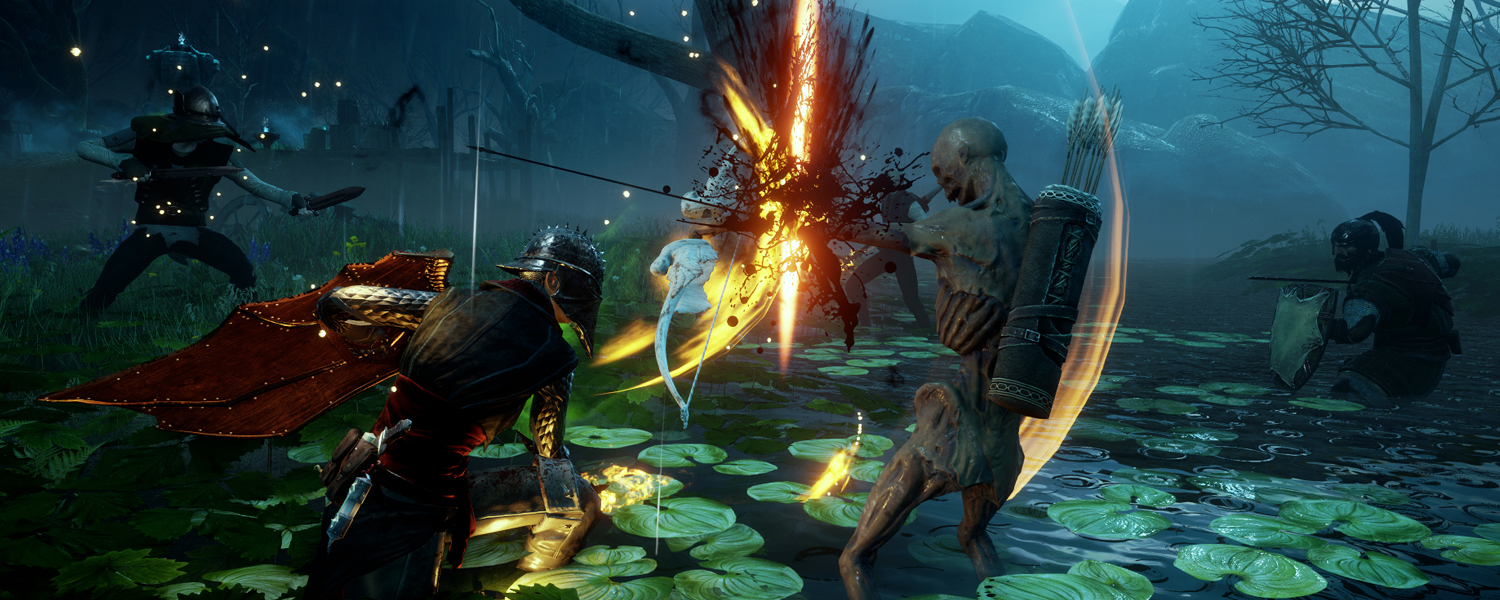
Each character as a basic attack and special attacks; basic attacks mapped to the right trigger (in this case R1) and special moves mapped to the face buttons. Character class comes into play here as well; warriors are adept at close-range combat, rogues have stealth and can attack from either, and mages prioritise with ranged attacks. Combining a party of multiple classes allows for easier assaults on enemy targets and tactical advantages. Like the player’s party, enemy parties also have different classes within them, making for a mix in battles with warriors on the front line and mages casting support.
Bioware’s infamous ‘dialogue wheel’ is yet again a staple of this game; allowing players to focus on emotion (being sympathetic or cold) when conversing with NPCs. This leads into the approval system seen in previous instalments of the game, where certain party members will approve or disapprove of dialogue choices and actions taken. This can lead to members of the party disbanding if approval ratings drop too low.
The paramour system also returns with the game as well; with numerous love interests able to be pursued throughout the game, including same-sex and interracial options. Credit to Bioware where it Is due, to see a game include the ability to romance the same gender is a step forward in the current day and age; choosing not to alienate players but be inclusive of everyone.
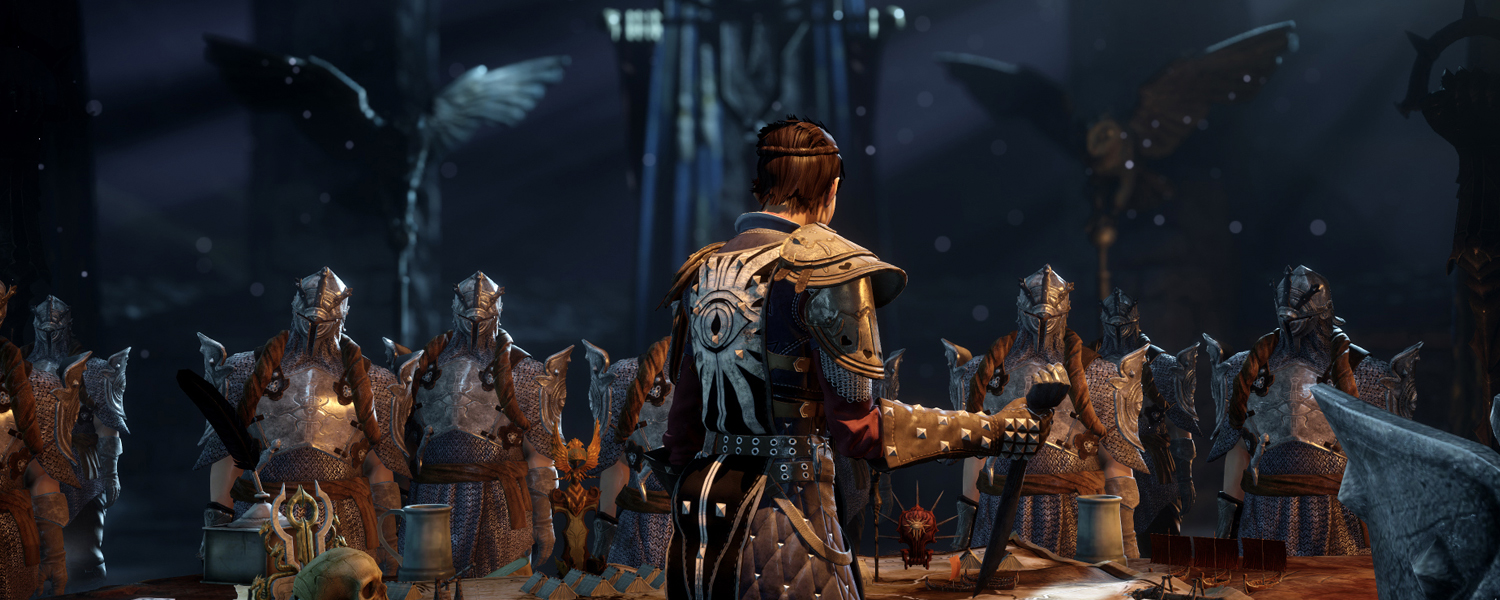
One gripe I had with the game was the fact that for a while in the first location, travel takes a long time by foot. This drags out the game longer than expected and can lead players to become bored due to excessive roaming. Completing the task to gain a mount is key here, as it speeds up travel time drastically. Fast travel is an option in the game but fast-travel icons are few and far between.
The other issue is that players will seem like the game is all side-quests and grinding to begin with. The biggest thing here is to leave the Hinterlands as soon as possible; effectively this is a starting area. Side quests do not disappear or fade during the game and can always be returned to later, making grinding something less-key than expected.


